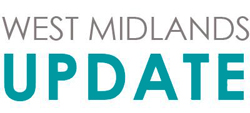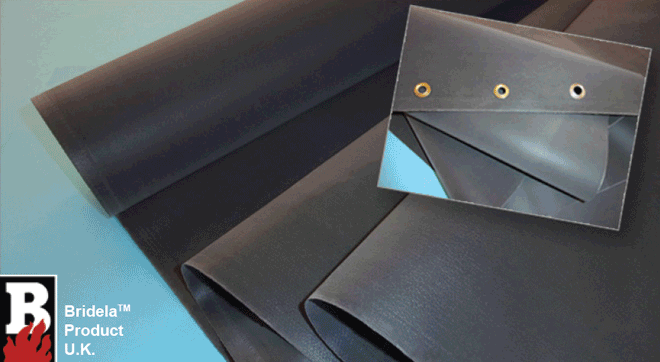There are many different types of Glass fibre fabrics, from Neoprene Coated, PTFE Coated Glass Fibre Fabrics to Blue and Green Glass Fibre Welding Fabrics.
Glass Fibres can be used in conjunction with a range of other materials to provide a variety of qualities. They create a fabric that is extremely durable, non-flammable and operates well at high temperatures, which is perfect for welding curtains and welding blankets.
Neoprene Coated Glass Fibre Fabrics
Neoprene Coated Glass Fibre fabrics are ideal for many industrial applications. This is because of their excellent resistance to things such as water, vapours, abrasions and high temperatures.
Neoprene coated fabrics can be used as a smoke barrier/curtain. This is due to the coating acting as a sealant over the fibre fabric base. The coating then raises the materials non-permeability against the passage of smoke through it.
These fabrics have good resistance to oxidation, weathering and flexing. They offer excellent high strength durability and reasonable weather resistance.
PTFE Coated Glass Fibre Fabric
PTFE coated glass fibre fabric is constructed from a fibre fabric base with a grey PTFE coating. The base fibre fabric is extremely durable, non-flammable and operates well at high temperatures. The PTFE coating provides excellent resistance to inadvertent chemical splashes and is easy to clean (wipe down). It is also very capable of resisting contamination by aqueous and oily fluids.
PTFE coated fabrics are often used in ‘clean areas’ (food processing, packaging and handling areas) where a higher temperature resistance may be required but where there can be no loose glass fibres. Therefore, the PTFE coating acts as a ‘sealant’ to stop the glass fibres becoming airborne. In addition, the PTFE coating means that the fabric can be easily wiped down and kept clean.
Blue and Green Glass Fibre Welding Fabrics
Blue and green welding fabrics are designed to reduce the incidence of glare. The weave locked continuous filament fibre fabric has been passed through a special chemical finishing process. This gives weave stability and resistance to fray. Components with a low melting point are removed from the E-glass filaments, thus increasing heat resistance.
At IC International, all Glass Fibre Fabrics can be cut and stitched into specific sized products. These can be tailor-made to customers’ own bespoke requirements and designs.
To find out more about any of the above glass fibre fabrics please visit the IC International website here: https://www.ic-international.com

